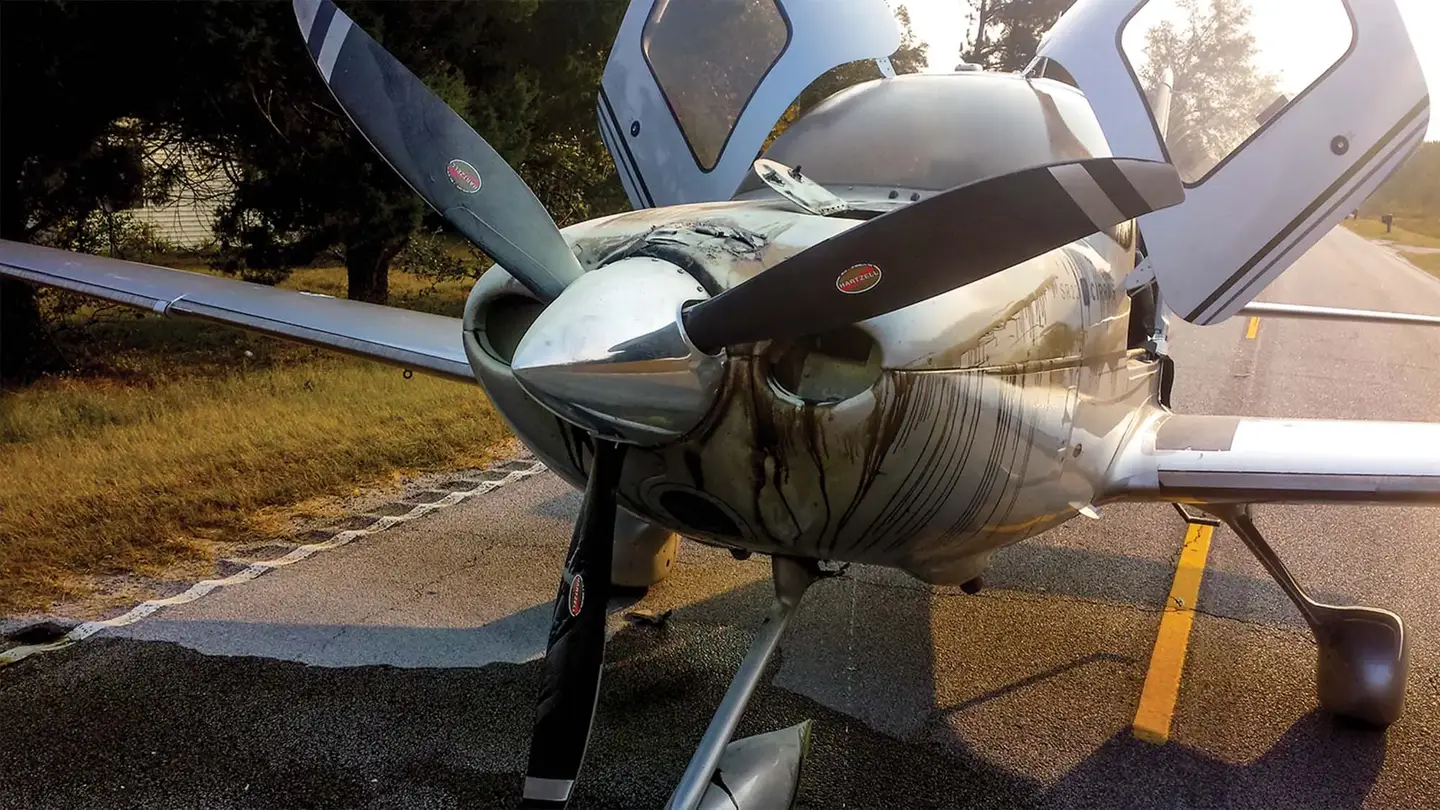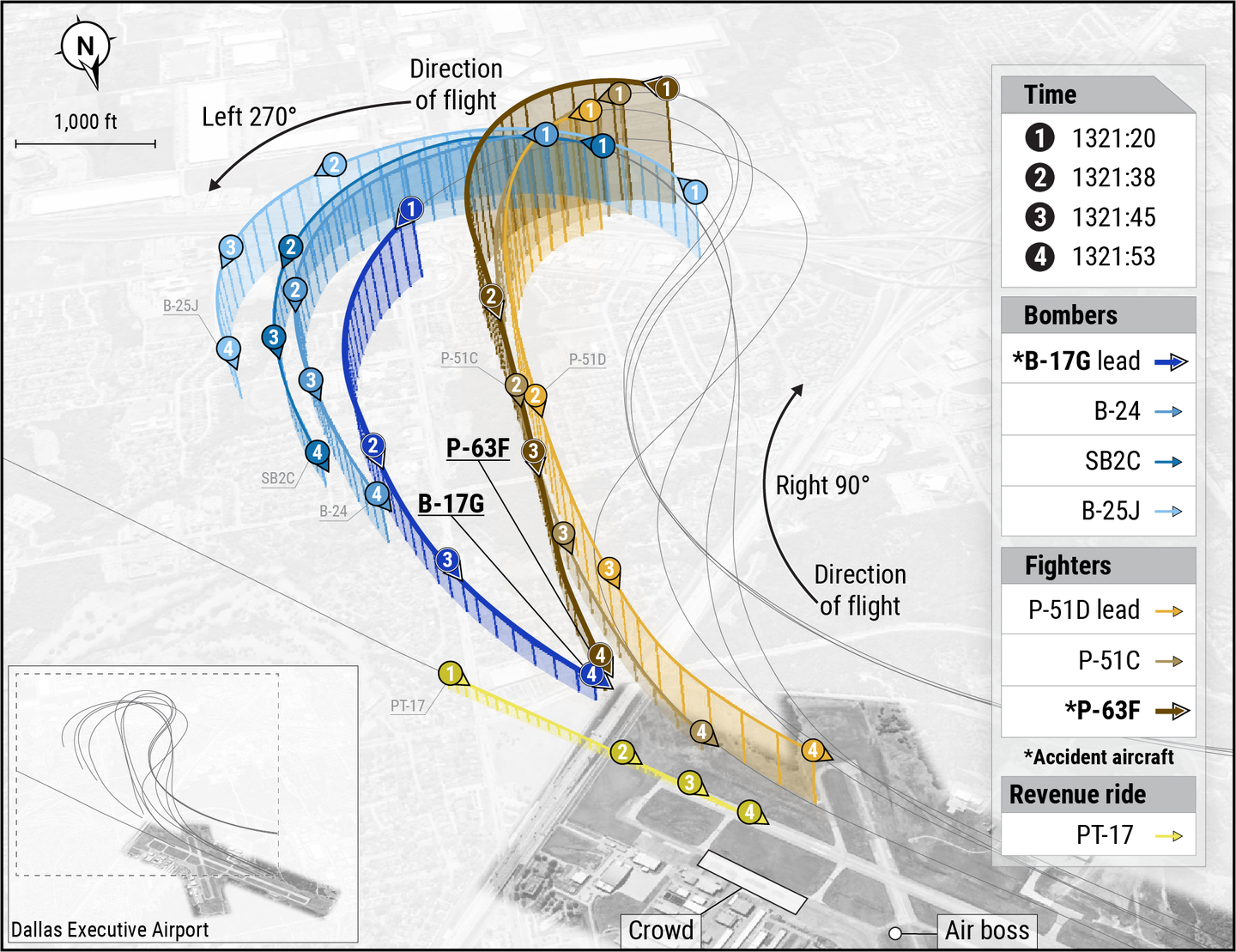General Aviation Accident Bulletin
AVweb’s General Aviation Accident Bulletin is taken from the pages of our sister publication, Aviation Safety magazine. All the reports listed here are preliminary and include only initial factual findings…

Aviation Safety Accident Bulletin
AVweb's General Aviation Accident Bulletin is taken from the pages of our sister publication, Aviation Safety magazine. All the reports listed here are preliminary and include only initial factual findings about crashes. You can learn more about the final probable cause on the NTSB's website at www.ntsb.gov. Final reports appear about a year after the accident, although some take longer. Find out more about Aviation Safety at www.aviationsafetymagazine.com.
May 9, 2020, Haskell, Okla.
Titan Tornado S Experimental LSA
The airplane was substantially damaged at about 0645 Central time during an off-field precautionary landing. The solo student pilot sustained serious injuries. Visual conditions prevailed.
The student pilot later stated the airplane had experienced uncommanded yaw on previous flights. In an attempt to resolve the problem, he fabricated winglets from composite material and attached them to the stabilator with rivets and glue. Test flights conducted in the traffic pattern revealed the undesired yaw was eliminated. The accident flight’s purpose was to further test the wingletted stabilator. As he leveled off at 2000 feet MSL, the airplane began an aggressive vibration, He slowed the airplane and began a descent but the thumping and vibrating continued. As he maneuvered for an off-field emergency landing, the airplane rolled inverted and descended into trees.
Examination revealed the stabilator control horn was fractured and disconnected from the push-pull tube due to overstress from gross mechanical deformation. The part also exhibited impact damage from the stabilator moving from control stop to control stop during the flight. The airplane kit manufacturer later stated that winglets added to the stabilator would change the balance of the control surface and cause flutter.
May 9, 2020, Byron, Calif.
Bellanca 8GCBC Scout
At about 1319 Pacific time, the airplane was destroyed when its pilot lost control during an attempted glider-towing operation. The pilot was fatally injured. Visual conditions prevailed.
Following a normal takeoff, the tow airplane initiated a slight right turn. Shortly afterward, the glider’s canopy opened and began flapping, distracting the glider’s pilot. He briefly became disoriented and turned back toward the airport. A witness stated there was a 30-to40-degree angle on the tow line. As both the tow airplane and glider neared the end of the runway, the tow pilot cut the tow line. However, the tow plane was in an “aggressive nose-low attitude” and impacted the runway shortly afterward in what was estimated as a 45-degree nose-down attitude. A post-impact fire ensued. The glider executed a 180-degree right turn and landed uneventfully.
May 12, 2020, Hollywood, Fla.
Piper PA-34-300 Seneca
The airplane was substantially damaged at about 0900 Eastern time after an engine failure and consequent inability to maintain altitude. The flight instructor was seriously injured; the student pilot was fatally injured. Visual conditions prevailed.
According to the flight instructor, halfway to the practice area, the right engine failed. He followed the checklist and secured the right engine, then turned back toward the departure airport. However, the airplane was unable to maintain altitude and he maneuvered to land on a city street. While descending, the airplane struck powerlines, impacted a residential road and slid about 750 feet before striking a tree on the right side of the road. The flight instructor was exiting the airplane when an explosion occurred and a post-crash fire ensued.
May 12, 2020, Land O’ Lakes, Fla.
Beech F33A Bonanza
At about 1125 Eastern time, the airplane was destroyed when it impacted terrain as its pilot attempted to return to the airport with a rough-running engine. The solo pilot was fatally injured. Visual conditions prevailed.
Witnesses observed the pilot perform a normal engine run-up, but as soon as the engine reached full power during a takeoff attempt, it began to sound rough. The pilot reduced power and taxied to the opposite runway end before performing another run-up, which also seemed normal. Again, however, the engine began to run rough when it reached full power for takeoff. The pilot taxied to the original runway, repeated the run-up and made a third takeoff attempt. As the engine reached full power, it began to run rough again, but the pilot continued the takeoff, barely clearing trees, according to witnesses. One witness radioed the pilot to advise he had a rough-running engine. The pilot replied, “Yeah, returning,” followed by, “going down.” The airplane came to rest upright in the backyard of a vacant residence about ½ mile west of the departure end of Runway 32.
This article originally appeared in the August 2020 issue of Aviation Safety magazine.
For more great content like this, subscribe to Aviation Safety!






